Gaza , Apr 12 (V7N) –As Gaza continues to suffer the devastating effects of the ongoing Israel-Hamas war, experts have outlined an ambitious vision for rebuilding Palestinian infrastructure and creating a sustainable future for its residents. However, they have warned that it will take decades to reconstruct the besieged enclave.
A report titled ‘A Spatial Vision for Palestine: A Long-Term Plan That Can Begin Now,’ led by experts at the US think tank RAND, offers a detailed roadmap for Palestinian development.
It proposes hundreds of specific infrastructure projects and initiatives that could improve Palestinians’ lives immediately while establishing the foundations for a future independent state.
“Recovery of Gaza is likely to take a couple of decades, there’s no way around that, so phasing it will be really important,” Shelly Culbertson, lead author of the study, told Al Arabiya. “The first thing to do after a ceasefire is to get people a decent place to live. So, camps are inevitable. This means planning out camps, figuring out where people can go back to their original homes.”
“At the same time, the utilities are largely all destroyed. Electricity, water, sewage, etc., and educational healthcare have been significantly damaged. So, our next priority, after just getting basic roofs overhead or tents overhead, is to focus on those basics of life,” she adds.
War’s devastating toll
The RAND study comes against a backdrop of staggering human suffering. Hamas's October 7, 2023, resistance campaign on Israel triggered an Israeli military response that has displaced more than 1.9 million of Gaza’s 2.2 million residents, reduced much of the Strip to rubble – with more than 50,800 Palestinians reported killed, according to Gaza’s health ministry.
Beyond Gaza, the conflict has spread regionally, with fighting between Israel and Hezbollah displacing approximately 100,000 Israelis and 1.3 million people in Lebanon, according to the study.
Palestinian redevelopment
The RAND report argues that the current devastation presents an opportunity for transformative change after decades of stalled peace processes.
“Twenty years ago, RAND published two reports, one on successful policy, and one on creating an infrastructure plan, or a spatial plan, for Palestinians,” Culbertson explains. “When those two reports were published 20 years ago, they had a huge impact.”
The senior researcher notes that people’s perceptions of the region were transformed by these earlier reports: “I think people are used to thinking about the Israeli-Palestinian conflict as violent. But these reports had pictures of people going about their daily lives in prosperous settings, with metros and buses and whatnot. It captured the imagination, though it was never implemented.”
Rather than waiting for a comprehensive political solution, the report advocates an incremental approach centered on specific infrastructure projects that could begin immediately.
It proposes both small-scale initiatives that could start in two key areas of the West Bank without Israeli permission, as well as more ambitious projects that would require Israeli cooperation.
“A few years ago, nearly the entire Palestinian private sector came to RAND and said, ‘You did this report 20 years ago. Could you do a new version that’s based on the current situation?’ Because they wanted to see some progress toward improving their lives in their lifetime,” Culbertson said.
“So, we funded the study, and we started it, and our team took our person there, leaving on October 5 – just two days before the events of October 7. So, we were there right beforehand, right when this all started, with the idea: Can we come up with an infrastructure plan, the long-term goal that could eventually support a two-state solution? But that two-state solution is not happening tomorrow. So, are there things that can be done now to improve their lives?” she added.
Six-sector approach to development
The RAND vision is organized around six interconnected sectors, each with specific challenges and proposed solutions: governance, environment, cities, transportation, energy, and water.
The report acknowledges the current governance challenges, including the fragmentation of the West Bank into Areas A, B, and C, and the separation between the West Bank and Gaza. It envisions a future where Palestine has “jurisdiction over the land, good governance, security, and rule of law” required for infrastructure development.
While comprehensive governance reforms would require political negotiations, the report suggests immediate improvements to border crossing infrastructure and administrative capacity.
Environmental priorities include watershed management, waste handling, and addressing the immense challenge of rubble and unexploded ordnance in Gaza.
According to the authors, “As of April 2024, the war in Gaza had resulted in approximately 37 million tons of debris. The UN estimated that rubble removal would take 14 years.”
With the Palestinian population expected to continue growing rapidly, the report outlines a vision for urban expansion that accommodates this growth while preserving environmental resources.
The vision includes a comprehensive multimodal transportation network linking cities within Palestine and connecting Palestine to neighboring countries.
Proposals range from improved bus routes and border crossings to more ambitious projects like a light rail network along the West Bank ridgeline and a heavy rail line through the Jordan Valley to Gaza. Energy proposals focus on addressing Palestine’s almost complete dependence on outside sources.
The vision includes expanded solar energy production, improvements to distribution networks, and the development of Gaza’s offshore gas resources.
The report notes that “West Bank electricity demand is expected to increase from around 1,360 megawatts in 2023 to over 2,000 MW by 2040,” underscoring the urgency of energy planning.
Water initiatives aim to ensure that “Palestinians enjoy abundant access to water at global standards,” addressing current shortages and contamination issues.
The report highlights that “In 2016, Palestinians had 66 and 62 liters per capita per day in the West Bank and Gaza, respectively, well below the World Health Organization’s (WHO) minimum recommendations of 100 liters per capita per day.”
Rebuilding Gaza
Perhaps the most pressing challenge addressed in the report is how to approach Gaza’s reconstruction, given that an estimated 90% of residents have been displaced and approximately 60% of residential buildings damaged or destroyed.
“Once the basic needs are stepped up, some of the grander scale vision projects that we’re proposing (can be developed), and we think that many of the projects we have come up with are interesting to both, Palestinians as well as to Israel,” the authors observed.
They cited ports and environmental projects as cases in point. “We know there was significant support around the Middle East before the war for ports in Gaza because you could remove everything going through Tel Aviv. There are environmental projects for water and sewage in Gaza so that pollution doesn’t go up into Israel. So, there are a lot of big projects that could get a lot of stakeholder engagement,” the study further states.
Focus on six locations
The RAND study provides detailed plans for six representative locations across Palestine.
North Jordan Valley: The plan envisions expanding the village of Giftlik – chosen because of its unique location in terms of transportation infrastructure and natural resources – from 4,000 to 50,000 residents through investments in transportation, agriculture, and industry.
Jericho: The plan proposes Jericho as a tourism hub with restored historical sites and modern resort development along the Dead Sea, with potential growth from 40,000 to 100,000 residents by 2050.
Nablus: Envisioned as a networked city with surrounding towns, supported by intercity rail and improved highways, potentially growing from 230,000 to 715,000 by 2050.
East Jerusalem: The plan focuses on improving transportation infrastructure to connect Jerusalem with surrounding cities and overcoming mobility constraints caused by checkpoints and the separation barrier.
Hebron: Developing it as a transportation hub where national rail lines intersect, potentially expanding from 265,000 to 1.3 million residents by 2050.
Gaza City: The plan envisions incremental reconstruction and development of Gaza as a coastal gateway with new ports, an airport, and desalination facilities.
Implementation: Challenges and opportunities
The RAND study acknowledges the enormous challenges facing its vision, particularly governance, security, and financing.
“None of these can happen without security and proper governance,” Culbertson emphasizes. “A ceasefire is the start, but there needs to be a longer-term agreement. What happens after the ceasefire? How is Hamas dealt with? How do we make sure this is not active violence again? How do we make sure there’s no bombing again?”
“Our plan proposes a multinational security force to keep peace, and train Palestinian forces in policing and so forth. Without security, none of this can really happen. Next up is governance. There needs to be an agreement on what the political solution is going to be, a stable political solution, and then moving into some kind of technocratic governance,” she adds.
Despite these challenges, Culbertson remains optimistic: “There have been agreements on some of them that could move forward. It’s not impossible. There’s just so much that could start even with current political agreements after a ceasefire.”
Economic benefits and financing
Financing such an ambitious reconstruction plan presents another major challenge. When asked how to fund these initiatives, Culbertson explains: “Some of the Gulf states have said they’re willing to finance if there is some kind of progress or agreement toward a two-state solution. So, there is financing, but it comes with conditions.”
The report comes after US President Donald Trump has repeatedly spoken of Gaza as a business opportunity for America, saying Gaza could be transformed into the “Riviera of the Middle East.”
Countries around the world, and in particular Arab nations, though, have rejected this proposal outright – including Egypt and Jordan, where Trump has suggested the Palestinians of Gaza be sent to live.
Culbertson says there are incentives for the rebuilding of Gaza, as well as private sector opportunities.
She also notes the importance of considering the West Bank in reconstruction plans. “We didn’t forget the West Bank. It’s double the population of Gaza; it matters in creating general prosperity for Palestinians and Israelis.”
Next steps
The RAND team acknowledges that their spatial vision is just the beginning of a longer process. They plan to conduct “significant stakeholder engagement and further analyze these projects to determine those with the greatest net benefit in achieving a prosperous Palestine.”
Projects will be prioritized based on “potential impact, cost, and risk,” with attention to realistic timing and phasing.
“I think what we hope this report will achieve is get people to focus on what could be, rather than just the violence,” says Culbertson. “That is, if the violence can cease, there’s a much better future out there, where people can live normal lives.”



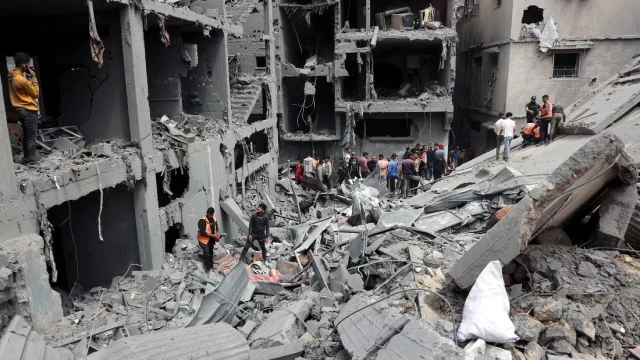

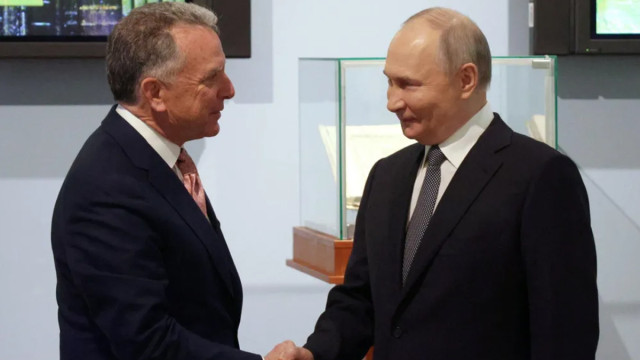
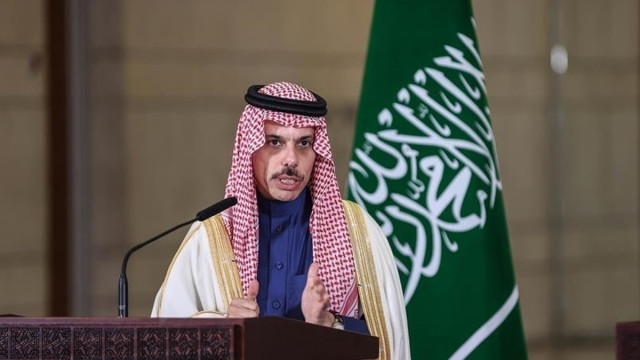

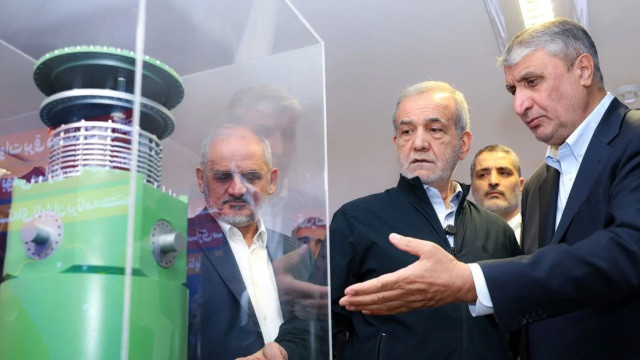
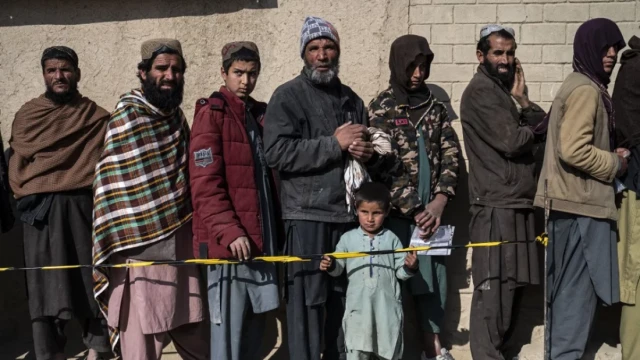
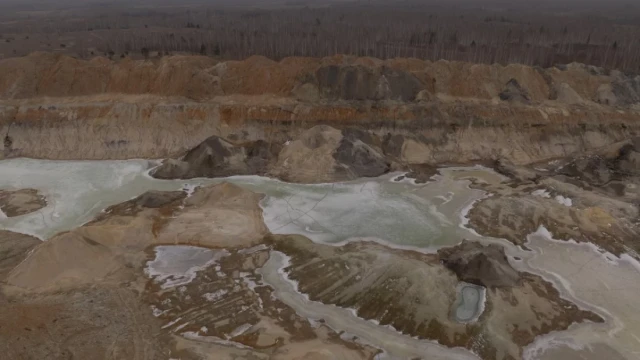
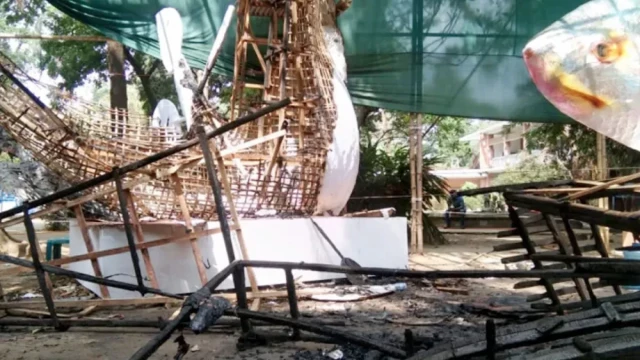

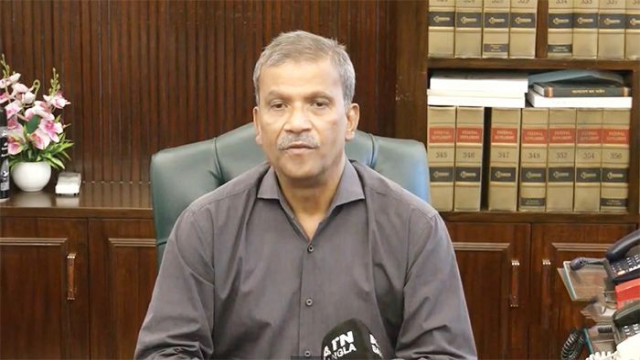

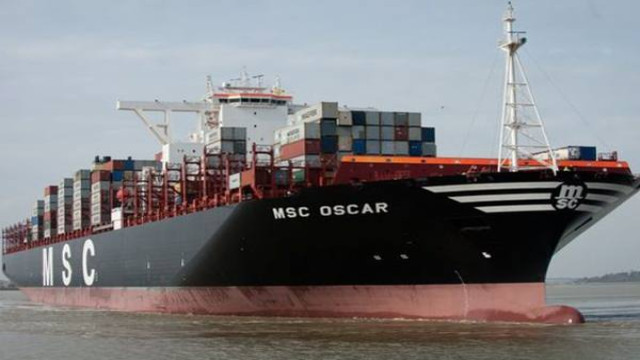

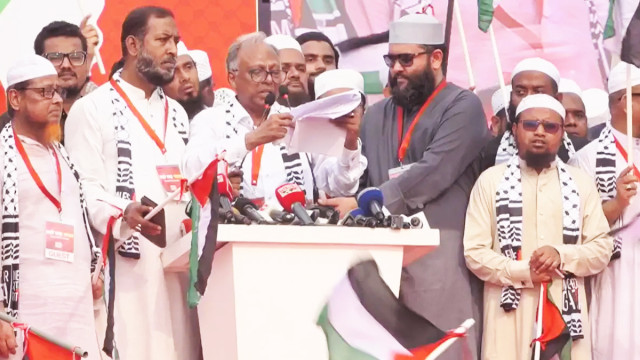

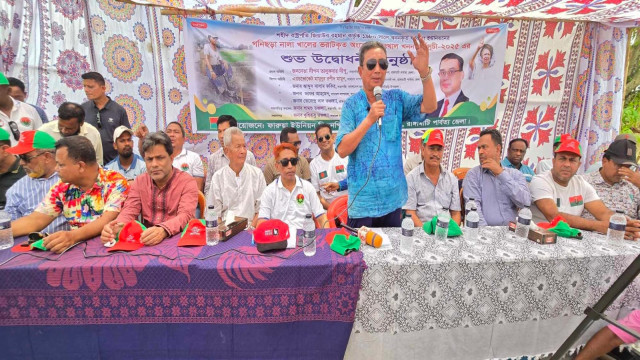


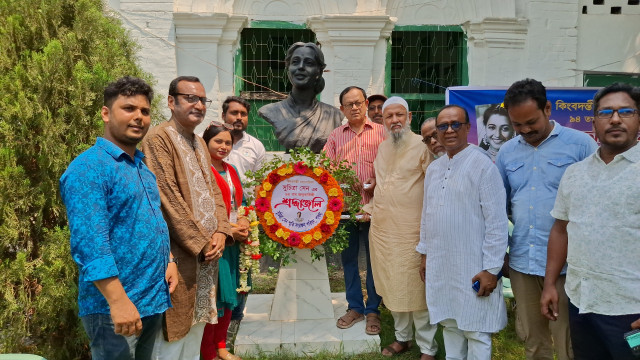
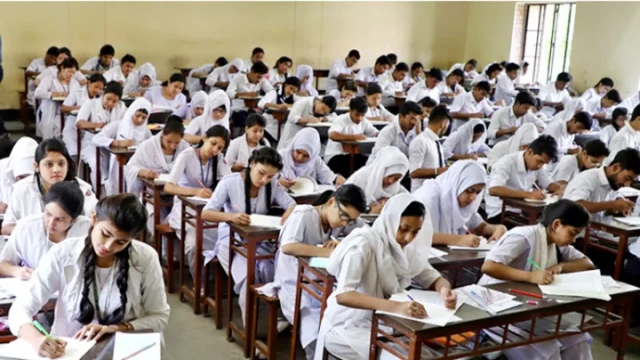


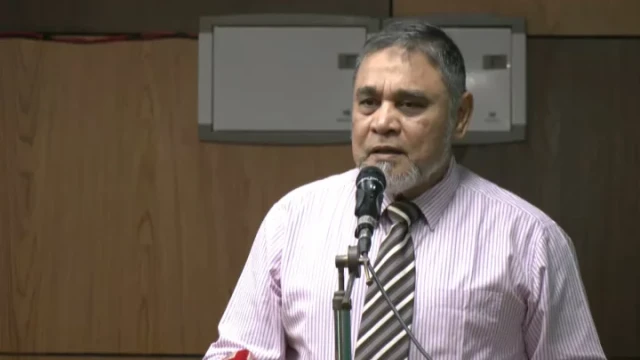

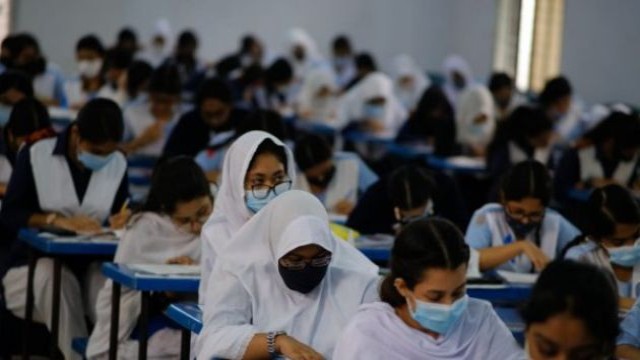
Comment: